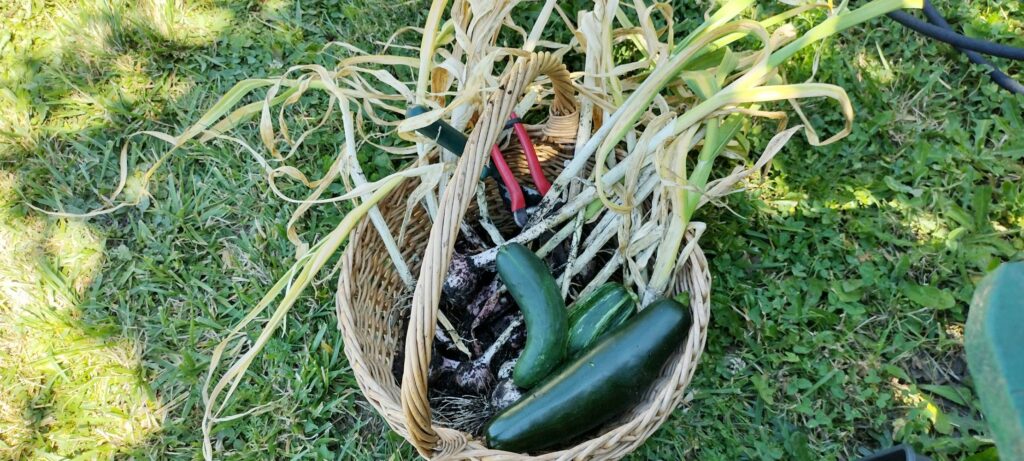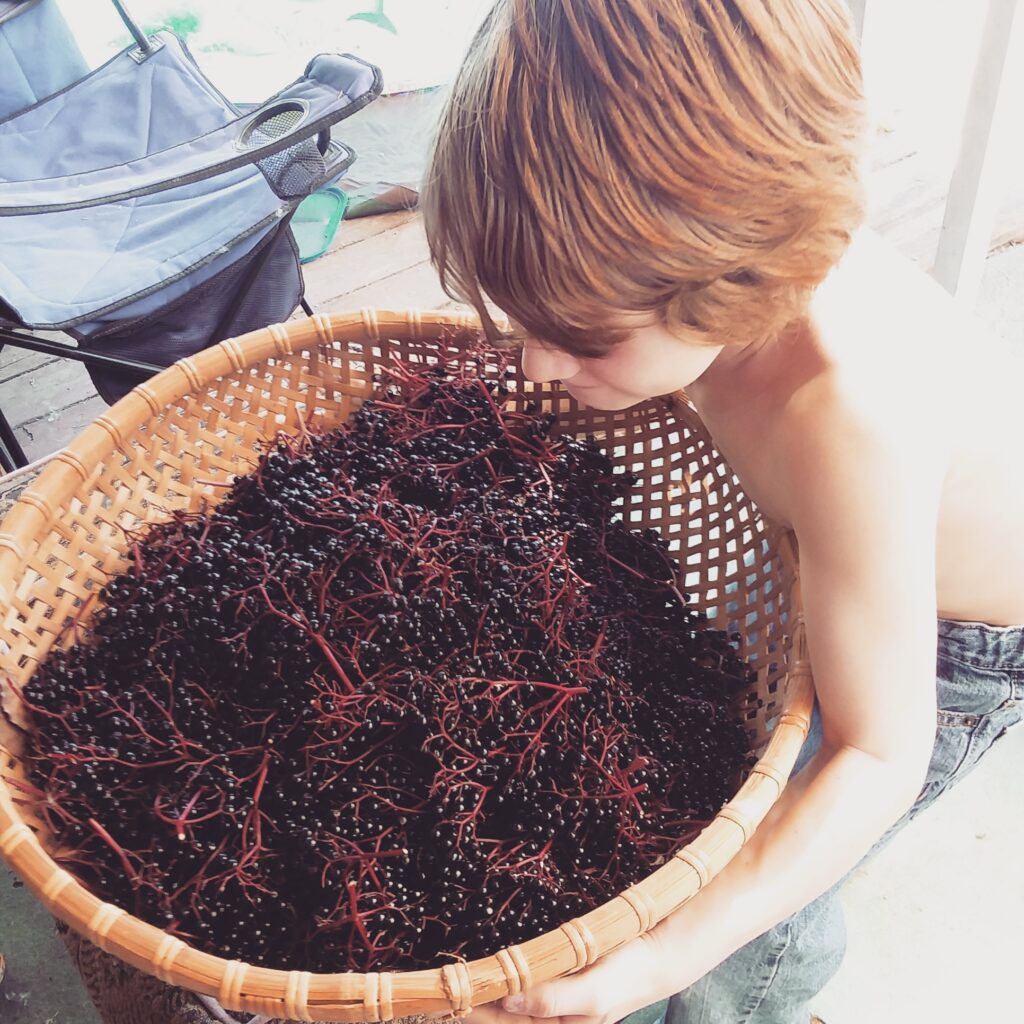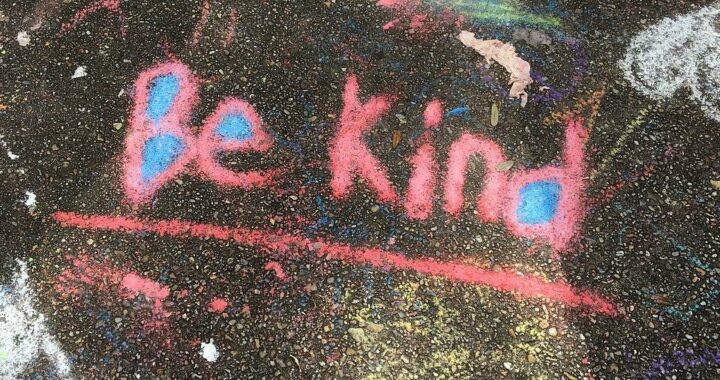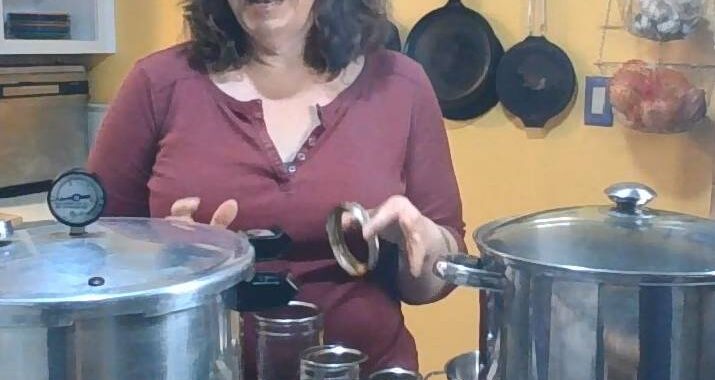Urban homesteading is all about living sustainably and becoming more self-sufficient while still being in the city or suburbs. It involves activities that help you reduce your reliance on outside resources, take care of the environment, and build stronger communities right where you live. My goal is to help people start their own urban homesteads, showing them how they can save money, live intentionally, and embrace creativity through practical, cost-effective solutions and DIY projects.
At the heart of urban homesteading is the idea of blending traditional skills with the realities of modern city life. This includes things like growing your own food, raising small animals like chickens or bees, preserving food through canning and fermenting, and adopting energy-saving practices like using solar panels or collecting rainwater. These efforts not only lead to a greener lifestyle but also help you secure your own food supply and cut down your environmental footprint.
Don’t worry! You don’t have to do all of these things, and you can take small, affordable steps toward the things that you do want to do. That’s what I’m here to help with.

Growing Your Own Food:
One of the main aspects of urban homesteading is growing your own food. This can mean turning small spaces like backyards, rooftops, community gardens, or even apartment balconies into productive areas. Using techniques like vertical gardening, raised beds, and hydroponics, you can grow a variety of fruits, vegetables, and herbs even in tight spaces. By doing this, you cut down on the pollution that comes from transporting food long distances and get fresher, healthier produce right from your garden. You also get to know what exactly is going into your food.

Radical Homemaking:
Many people who identify as urban homesteaders also practice radical homemaking. This is embracing many skills of the past like cooking from scratch, preserving food, making soap, sewing, or mending. These skills help decrease reliance on big box stores and corporations, and foster a sense of self-sufficiency and sustainability. By learning and implementing these traditional practices, urban homesteaders not only reduce their environmental impact but also gain a deeper connection to their food and household items.
Keeping Animals:
Many urban homesteaders also keep small animals, like chickens for eggs or bees for honey. These animals not only provide fresh food but also help connect you to nature and boost biodiversity in the city. With the right care, these animals can thrive in urban settings and add to your food production efforts.
Saving Resources:
Urban homesteading is big on conserving resources and reducing waste. This can involve composting your food scraps, using graywater for irrigation, and installing energy-efficient technologies. By reusing materials and using sustainable building practices, you can make your home and community more resilient and eco-friendly.
Building Community:
Urban homesteading often leads to stronger community ties. Things like community gardens, shared tool libraries, and neighborhood composting programs help people connect and work together toward sustainability. These collective efforts not only make your community more resilient but also empower everyone to tackle bigger environmental and social issues. Other community building activities can include seed sharing and swaps, barter and trade events, and resource fairs.
Cultural Shift:
Urban homesteading is also about shifting our culture to reconnect with the land and increase self-reliance in the city. It encourages appreciating the seasons, learning traditional skills, and adopting a DIY mindset. Through workshops, skill-sharing events, and online communities, urban homesteaders exchange knowledge and inspire others to live more sustainably, creating a more conscious and resilient urban lifestyle.
Urban homesteading isn’t just about sustainability; it’s also a great way to save money, live intentionally, and embrace creativity. I want to help people start their own urban homesteads by showing them how to grow their own food, conserve resources, and build a stronger sense of community. By focusing on practical, cost-effective solutions and creative DIY projects, we can make urban homesteading accessible and enjoyable for everyone. This approach not only reduces living expenses but also encourages a more mindful, purposeful, and innovative way of life, turning everyday tasks into fulfilling and rewarding experiences.

Other urban homesteading activities might include foraging, thrifting, DIYing projects around your home, creating and using herbal remedies, and more. The key is to reduce reliance on the system, the corporations and increase self-reliance, and reliance on your community.
Everyone can do it:
The beauty of urban homesteading is that anyone can do it, regardless of where they live or how much space they have. You don’t need a big backyard or a lot of money to get started. Even small steps like growing herbs on a windowsill, composting kitchen scraps, or collecting rainwater can make a big difference. The key is to start with what you have and gradually build your skills and resources over time.

Urban homesteading is a movement that combines old-school skills with modern city living to promote sustainability, self-sufficiency, and community resilience. By gardening, raising animals, conserving resources, and engaging with your community, urban homesteaders are making cities greener and more connected places to live. With a focus on saving money, living intentionally, and embracing creativity, urban homesteading offers a fulfilling and sustainable way of life that anyone can achieve with a little effort and dedication.
This article was published on Moon and Hare Collective.com





